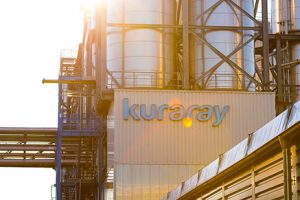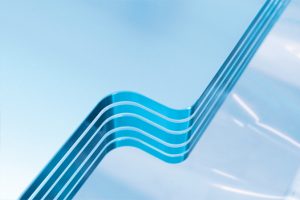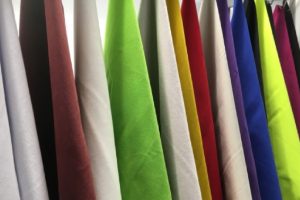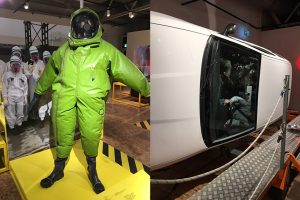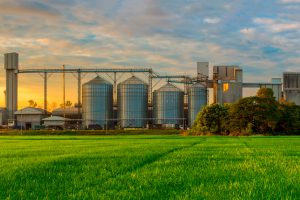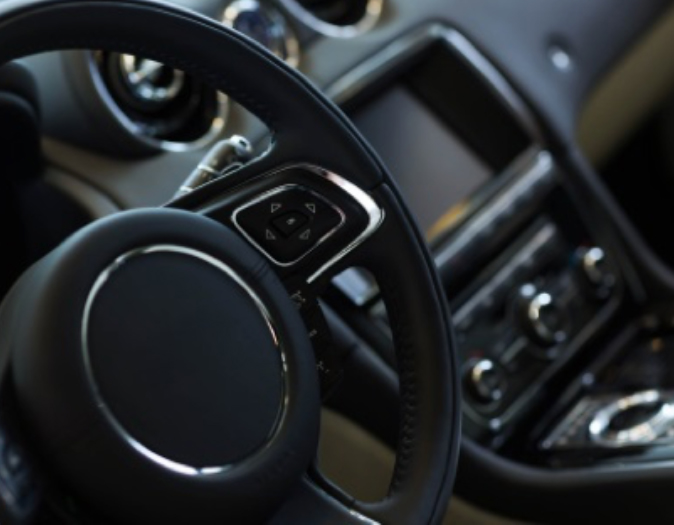
New HYBRAR™ SV-series expands possibilities in the automotive industry
Electric vehicles are frequently discussed as one of the options in the sustainability debate. Because they are so quiet, since July 1, 2019 all electric cars in the EU have been required by law to make a warning sound at speeds up to 20 km/h. However, that should hardly be audible to people travelling in the car. Therefore manufacturers are working hard to reduce noise levels inside vehicles.
“Noise reduction is becoming increasingly important when designing modern vehicles. Quieter engines, for example in electric vehicles, make rattling and squeaking far more audible,” says Jan Sebastian Weber. “Combining various HYBRAR™ types enables processors to produce materials with ideal damping properties over a very wide temperature range.” Our new HYBRAR™ SV-series extends our broad product portfolio so users can obtain damping even at elevated temperatures.
There are already many materials with very good noise and vibration damping properties at room temperature and in the low temperature range. However, in vehicles in particular, there are many areas where temperatures are higher, That’s where such materials tend to reach their limitations. The new SV-series of our HYBRAR™ styrene block copolymers is a unique group of materials whose glass transition temperature is above room temperature.
Jan Sebastian Weber, Senior Sales Manager at Kuraray
HYBRAR™ SV-series 7119 and SV-series 7318 are hydrogenated products with very good damping properties at elevated ambient temperatures. HYBRAR™ SV-series 7119 grades have excellent noise and vibration damping properties at temperatures between 40 °C and 80 °C. At 40 °C, HYBRAR™ SV-series 7318 significantly dampens frequencies between 1 and 100,000 Hertz.
Noise and vibration damping across a wide range of frequencies
The HYBRAR™ brand of styrene block copolymers (SBC) have polystyrene end-blocks and a polydiene mid-block with a high vinyl content. HYBRAR™ has a far higher tan δ peak than conventional styrene block copolymers. In addition, the various grades cover a wide frequency range – from very low frequencies such as the resonance of car bodies to very high frequencies caused by friction between glass components. These properties allow ideal absorption of various types of noise and vibration. HYBRAR™ is heat and weather-resistant and highly suitable for use in challenging conditions.
A special structure: ideal for many different purposes

Due to their special structure, these materials can be used in blends with polyolefins, polystyrenes and acrylonitrile-butadiene-styrene (ABS) copolymers. This allows the production of compounds with damping properties tailored specifically to different applications. In the automotive industry, for example, applications include vehicle interiors, cooler grilles, shock absorbers and gaskets. At temperatures between 20 °C and 60 °C, a 10 percent addition of HYBRAR™ SV-series 7319 to ABS materials results in a significant increase in the loss factor value at a frequency of 2,000 hertz. An addition of 10 percent HYBRAR™ SV-series 7119 achieves the maximum loss factor value in a temperature range of 40°C to 80 °C.






